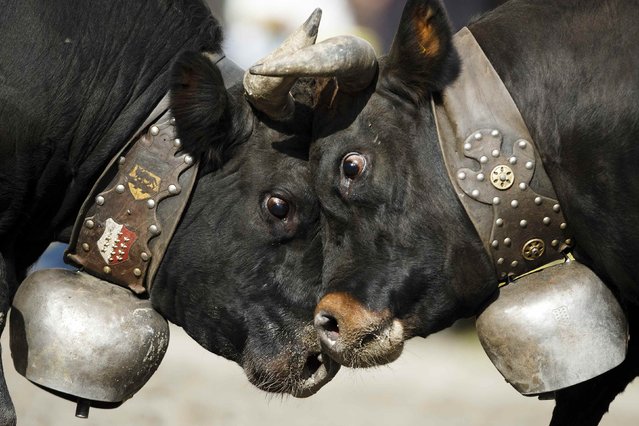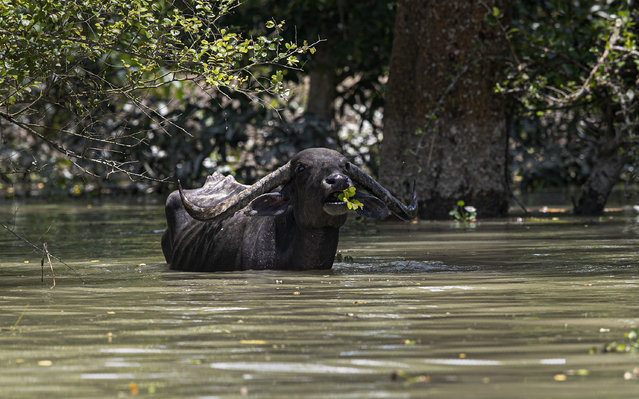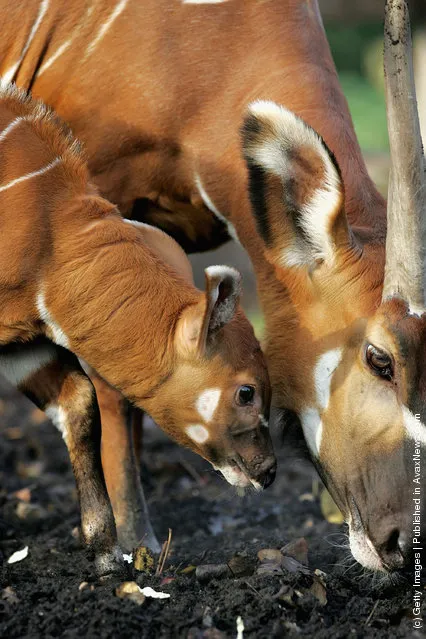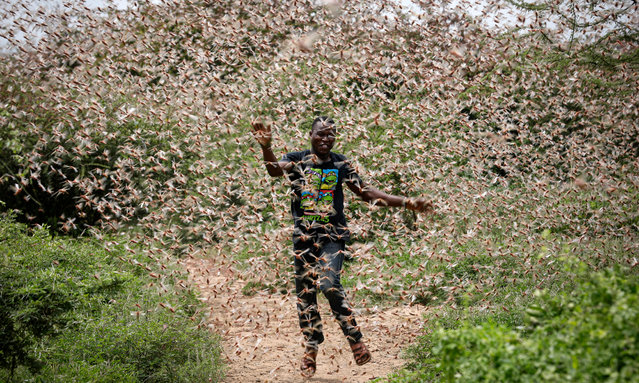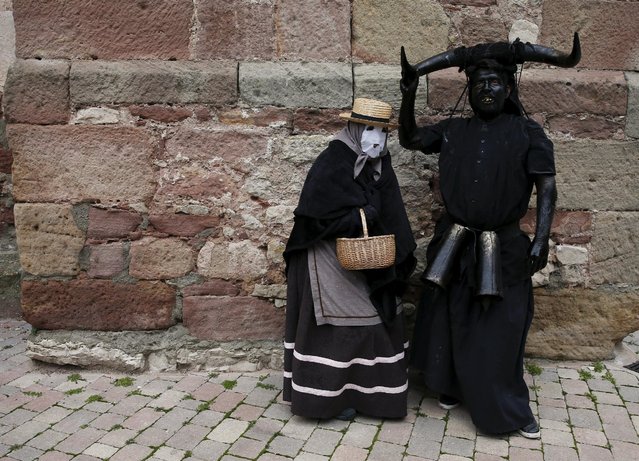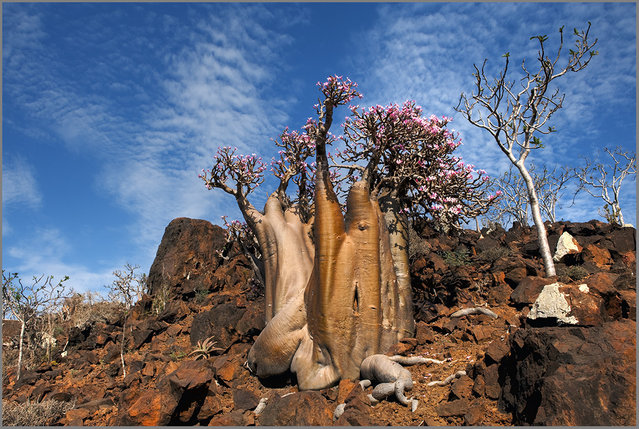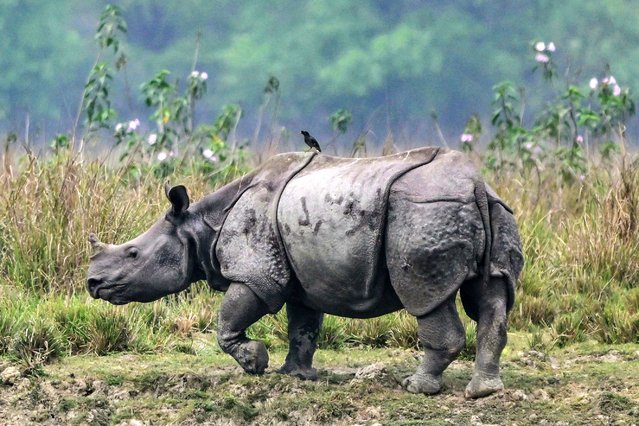
An Indian one-horned rhinoceros grazes on a dry wetland at the Pobitora Wildlife Sanctuary on the southern bank of the Brahmaputra River in Morigaon district of India's Assam state on April 4, 2025. (Photo by Biju Boro/AFP Photo)
20 Apr 2025 02:59:00,post received
0 comments

